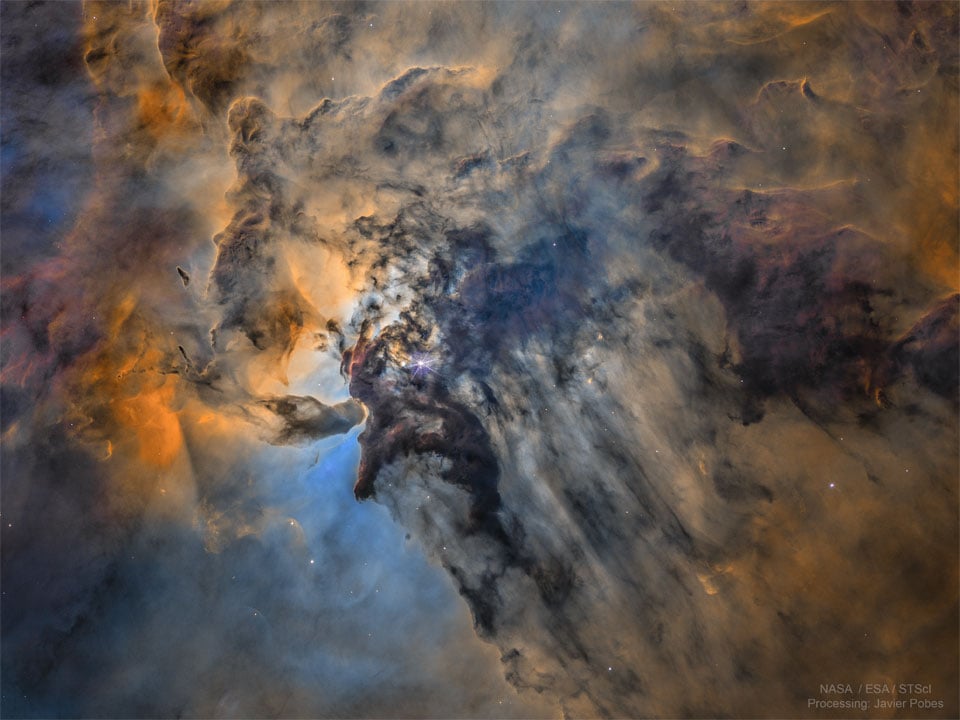I wonder how they stabilised the video.
Rotate the video at a constant rate about a point until the rocket hits turbulence/has a change of direction and then repeat?
Share & discuss informative content on: Astrophysics, Cosmology, Space Exploration, Planetary Science and Astrobiology.
 The Busy Center of the Lagoon Nebula
The Busy Center of the Lagoon Nebula
🔭 Science
🚀 Engineering
🌌 Art and Photography
Other Cool Links
I wonder how they stabilised the video.
Rotate the video at a constant rate about a point until the rocket hits turbulence/has a change of direction and then repeat?
It's a standard feature in nearly all common video editors (i.e. DaVinci Resolve or Adobe Premiere).
Usually, stabilization goes over all video frames and tries to find image transformations (rotation + translation + zoom) that make a frame match as closely as possible with the previous frame. That's an oversimplified explanation, but from a user point-of-view, these tools are mature enough to be applied with just a few clicks.
This video is definitely the result of that, as, whoever did it, didn't even bother to insert a cut when the feed switches between left side and right side camera, thus making the stabilization spazz out momentarily.
Where do you see the camera switch side? The fin on which the camera is mounted moves every now and then, but I think we only ever see the perspective of one camera.
I knew it was spinning, but not that much. Can't wait to hear the final report on what happened there.
Reaction control thrusters didn't work. Blame it all on the Everyday Astronaut.
Why would we blame that on him?
He suggested using hot gas thrusters on the ship which seem to have failed.